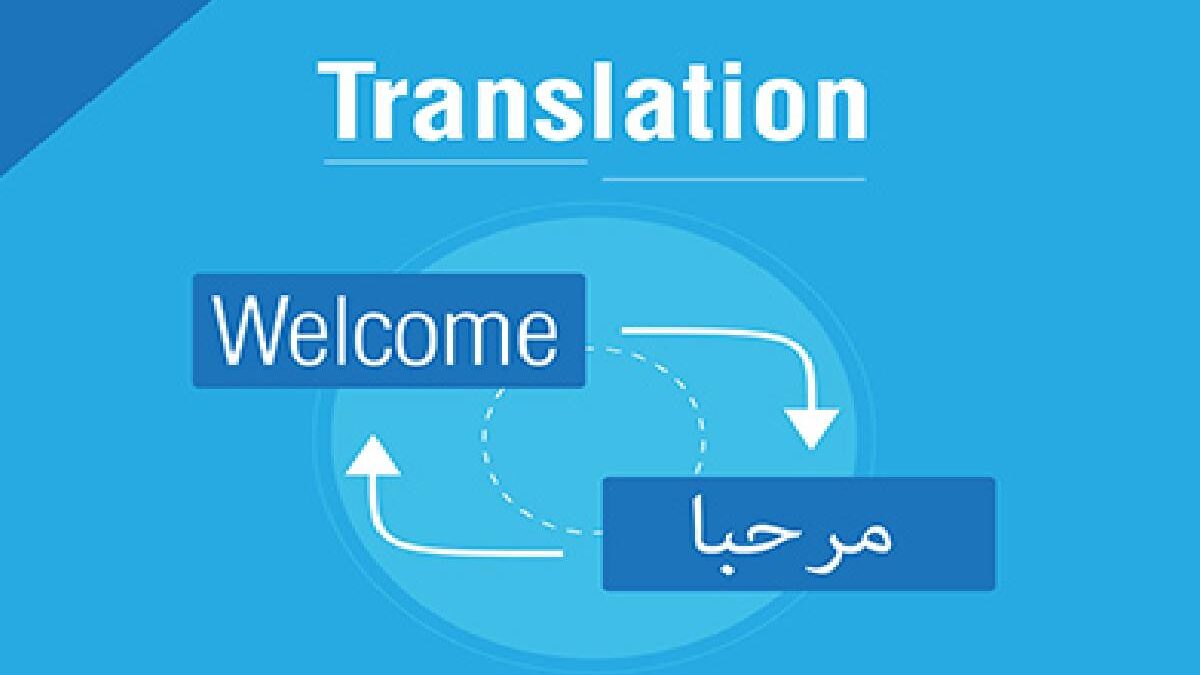How To Translate Arabic Documents Accurately – Translating Arabic documents is tricky because Arabic is a unique language with its own rules, cultural meanings, and writing style. This guide explains how to translate Arabic documents accurately in a way that’s easy to understand, including why it’s challenging and how tools like Rask.ai can help.
Table of Contents
Why Is Arabic Translation Hard?
Arabic is different from languages like English or Spanish. Here are the main reasons translating Arabic documents is tough:
- Right-to-Left Writing: Arabic is written and read from right to left, unlike English. This means documents need special formatting so everything looks correct.
- Complex Grammar: Arabic has complicated rules for verbs, gender, and word order. For example, verbs change depending on who’s doing the action and when it happens.
- Cultural Meanings: Arabic texts often include references to religion, like Islam, or cultural ideas that don’t exist in other languages. Translators need to understand these to avoid mistakes.
- Different Dialects: People in different Arabic-speaking countries, like Egypt or Morocco, use different words and phrases. There’s also Modern Standard Arabic (used in formal writing) and everyday dialects.
- Fancy Script: Arabic letters change shape depending on where they are in a word, and they use special marks to show how to pronounce them.
How Technology Helps
Modern tools like Rask.ai use artificial intelligence (AI) to make Arabic translation easier and more accurate. Here’s how they help:
- Smart Language Skills: Rask.ai understands Arabic’s tricky grammar and word patterns.
- Cultural Knowledge: It knows about Arabic culture and religion, so translations respect these important details.
- Handles Both Directions: It can translate from Arabic to English or from English to Arabic.
- Keeps Formatting Right: It makes sure the text stays right-to-left and looks good in the translated document.
Steps to Translate Arabic Documents
Here’s a simple way to translate Arabic documents using a tool like Rask.ai:
- Upload the Document: Put your Arabic document (like a PDF or Word file) into the Rask.ai platform. It will figure out it’s in Arabic and set things up.
- Choose the Target Language: Pick the language you want to translate into, like English or Spanish.
- Check for Cultural Stuff: The tool looks for cultural or religious references to make sure they’re translated respectfully.
- Translate the Text: The AI translates the words, keeping grammar and meaning correct.
- Fix the Format: The tool adjusts the layout so the translated document looks professional.
- Double-Check: The system checks for mistakes and makes sure everything is accurate and culturally okay.
Types of Arabic Documents
Different kinds of Arabic documents need special care:
- Legal Documents: Contracts or court papers need exact words because they’re important for laws.
- Religious Texts: Texts about Islam need careful translation to respect beliefs.
- Business Papers: Letters or reports need a professional tone and the right business words.
- School Papers: Academic work needs formal language and correct technical terms.
Regional Differences
Arabic changes depending on where it’s spoken:
- Modern Standard Arabic (MSA): Used in books, news, and official papers. It’s the same across countries.
- Regional Dialects: People in places like Egypt, Morocco, or Saudi Arabia use different words and phrases in everyday talk.
- Classical Arabic: Old-style Arabic used in religious or historical texts.
Each region might have unique words or cultural ideas, so translators need to know these differences.
Technical Challenges
Arabic documents have some tech issues:
- Right-to-Left Text: Mixing Arabic with English (like numbers) can mess up the flow if not done right.
- Fonts and Letters: Arabic letters need special fonts to look correct, and they change shape depending on their spot in a word.
- Punctuation: Arabic uses different punctuation rules, which need to be adjusted when translating.
Keeping Translations Respectful
Arabic texts often include cultural or religious details:
- Islamic Terms: Words about Islam need to be translated carefully to avoid offending anyone.
- Cultural Ideas: Jokes, stories, or traditions might not make sense in another language, so they need to be explained or changed.
- Polite Language: Arabic has formal ways of speaking that should stay formal in translation.
Making Sure Translations Are Good
To get a great translation:
- Use AI Checks: Tools like Rask.ai check for grammar, cultural mistakes, and formatting issues.
- Ask Experts: Native Arabic speakers or experts in the topic can make sure the translation feels natural and correct.
- Review Carefully: Double-check for any errors in meaning or style.
Best Tips for Arabic Translation
- Start with Clear Documents: Make sure the original Arabic document is easy to read and well-organized.
- Know the Context: Understand what the document is for and who will read it.
- Use a Good Tool: Pick a platform like Rask.ai that’s great at Arabic translation.
- Check the Culture: Make sure the translation respects Arabic traditions and beliefs.
Final Words
Translating Arabic documents is hard because of the language’s unique writing, grammar, and cultural details. Tools like Rask.ai make it easier by using smart technology to handle these challenges. By choosing the right tools and following careful steps, you can create translations that are accurate, respectful, and professional. This helps people share ideas and communicate across languages and cultures.

